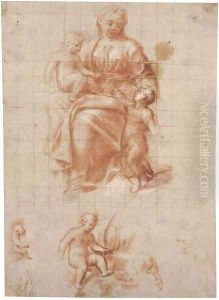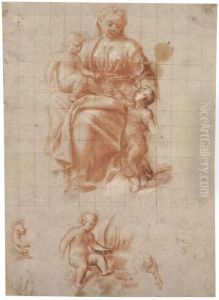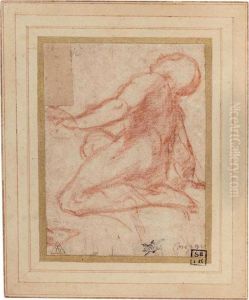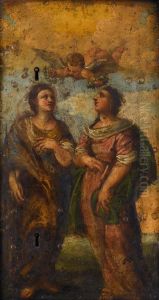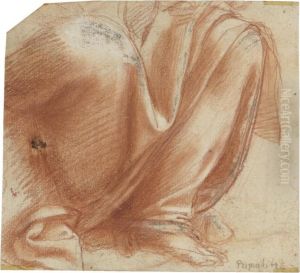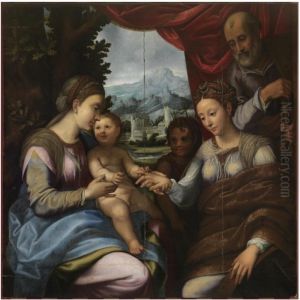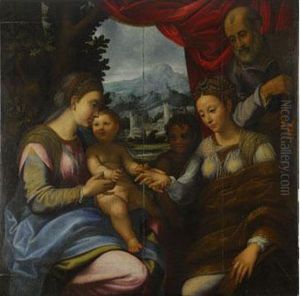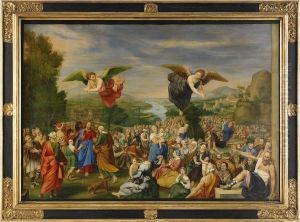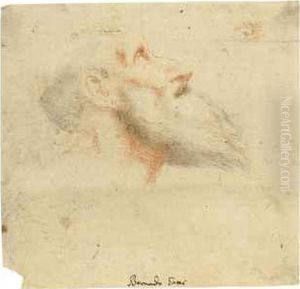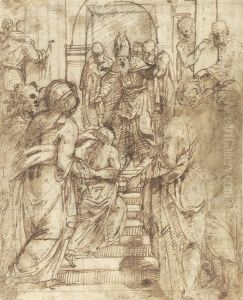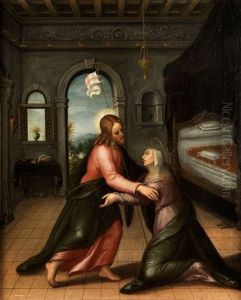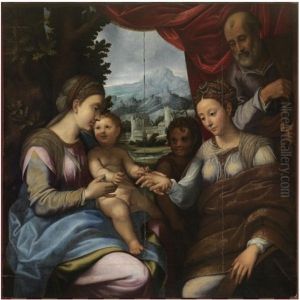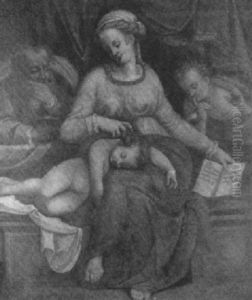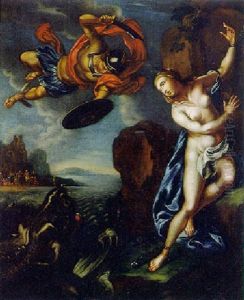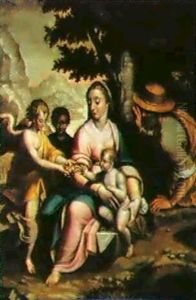Bernardino Gatti, Il Sojaro Paintings
Bernardino Gatti, known as Il Sojaro, was an Italian painter of the Renaissance period, born in 1495 in Pavia, Lombardy. He is renowned for his contributions to the development of the Parma School of painting, which flourished in the 16th century. Gatti's work is characterized by its vibrant color palette, detailed landscapes, and the emotional depth of its religious subjects.
Gatti began his artistic training in Pavia but soon moved to Parma, where he was deeply influenced by the works of Correggio, one of the foremost painters of the Italian Renaissance. This influence is evident in Gatti's adoption of Correggio's soft, luminous approach to light and shadow, as well as in his dynamic compositions. Despite this influence, Gatti developed a distinct style, marked by a more vivid use of color and a keen attention to architectural details.
Throughout his career, Gatti received numerous commissions for religious paintings from churches and monasteries in Northern Italy, particularly in Parma, Piacenza, and Cremona. One of his most famous works is the 'Assumption of the Virgin' in the Cathedral of Cremona, which showcases his mastery in depicting divine light and celestial themes.
Gatti's contribution to the Italian Renaissance goes beyond his paintings. He was a mentor to many young artists, imparting the techniques he had refined over his career. His legacy is seen in the works of his students and in the continued prominence of the Parma School throughout the 16th century.
Bernardino Gatti, Il Sojaro, died in 1576 in Parma. His works remain a testament to the vibrancy and emotional intensity of the Italian Renaissance, capturing the spirit of an era that sought to blend the divine with the human, the celestial with the earthly. His paintings continue to be celebrated for their beauty, technical skill, and innovation, securing his place among the distinguished artists of his time.
